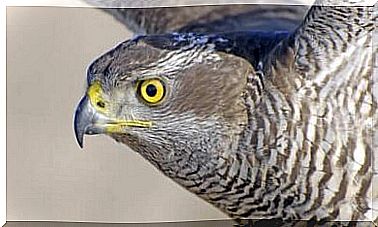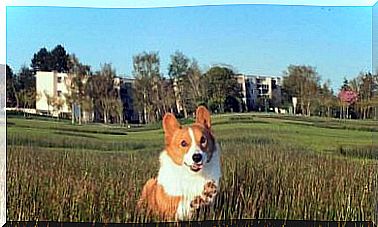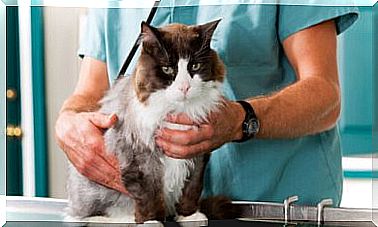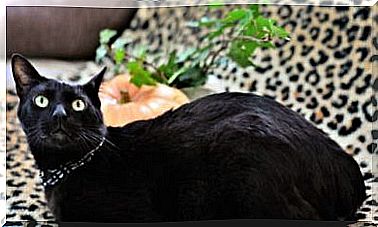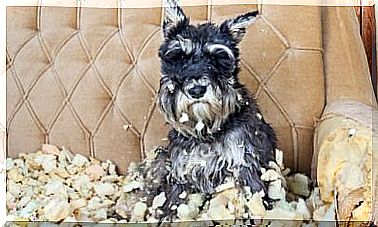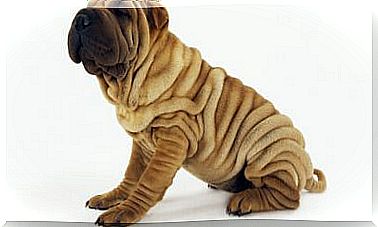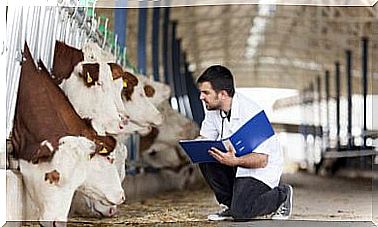The Most Common Obsessive Behaviors In Dogs
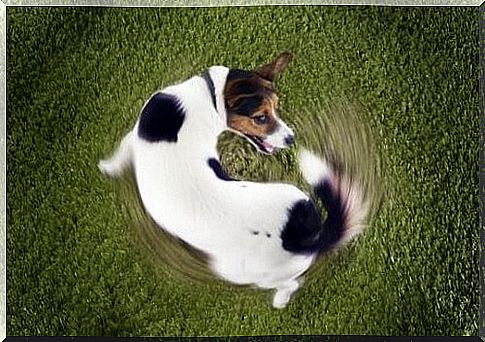
Believe it or not, obsessive behaviors in dogs are more common than they seem.
Today we want to talk about it, to give you some tips on how to help your pet in case it suffers from obsessive behavior.
What are the causes of compulsive behavior in dogs?
Compulsive behaviors in dogs are associated in most cases with trauma and abuse, both physical and emotional.
It is more common for these behaviors to occur in animals that come from the street, kennels or shelters. In fact, in most cases, they have been abandoned or abused.
Even so, compulsive behaviors in dogs could also be caused by the owners themselves.
For example, they could be noticed in dogs that are subjected to a prolonged state of anxiety, in those who do not control their basic instincts correctly or in dogs that spend a lot of time locked up.
In the latter case we refer to animals left in a small room for hours or even on a balcony without having access to the rest of the house.
You must ensure that you do not cause any of these compulsive behaviors in your dog, as they are considered a form of abuse.
How to recognize compulsive behaviors in dogs?
It is essential to diagnose compulsive behaviors in the dog as soon as possible so that they can be treated properly, and thus help the animal to recover its normal state and health.
Furthermore, most of these behaviors become destructive, not only towards objects, but also towards people. Your dog may even attack you.
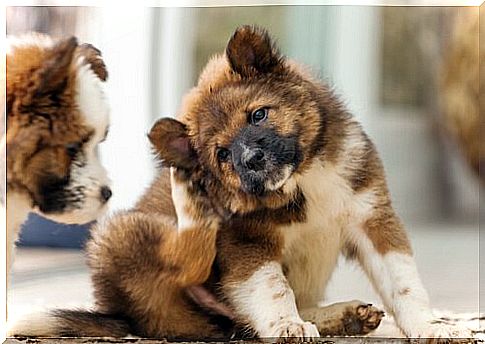
It should also be borne in mind that repetitive behavior is not necessarily compulsive, so it is necessary to carefully analyze a series of factors that will allow you to have a clear diagnosis.
However, don’t waste too much time assuming your dog’s gesture is normal. As soon as you notice repetitive behavior, immediately seek the advice of your veterinarian, to try to clarify what it is as soon as possible.
There are several symptoms that can indicate that your pet has compulsive tendencies:
- Sores and wounds on the body. These would be the result of compulsive scratching and biting.
- Blood on the legs or tail. They could be caused by repeated and prolonged bites in these areas.
- Loss of hair. It also has to do with biting or pulling fur.
- Avoid physical contact with other people or animals. Obsessive behaviors can involve fear of inanimate objects or people, so your dog may become fearful and frightened.
The most common obsessive behaviors in dogs
Even making a list we may not be able to list them all, as animals never cease to amaze us, and there are indeed many things about them that we still don’t understand.
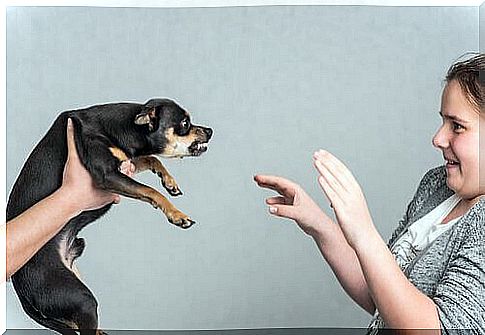
Although we are talking about dogs, many of the behaviors we will mention below can also occur in cats. These are the most common:
- Circling. Chasing the tail for no reason.
- Freezing. Sudden runs for no apparent reason, anytime, anywhere.
- Excessive licking of the body.
- Excessive licking of air or other objects.
- Attempt to chase flies without any.
- Aggression towards inanimate objects or people in a completely unpredictable way.
- Barking constantly and also following a rhythm.
- Fear of something imaginary or follow with the gaze of the shadows.
- Compulsive scratching.
- Sucking or biting wounds.
These are the compulsive behaviors in most common dogs and for which you will need to go to the vet as soon as you notice your dog has them.
Rest assured: if your dog has some or more of these compulsive behaviors, everything can be fixed, especially if you pay attention to his changes and go to the vet as soon as possible.

